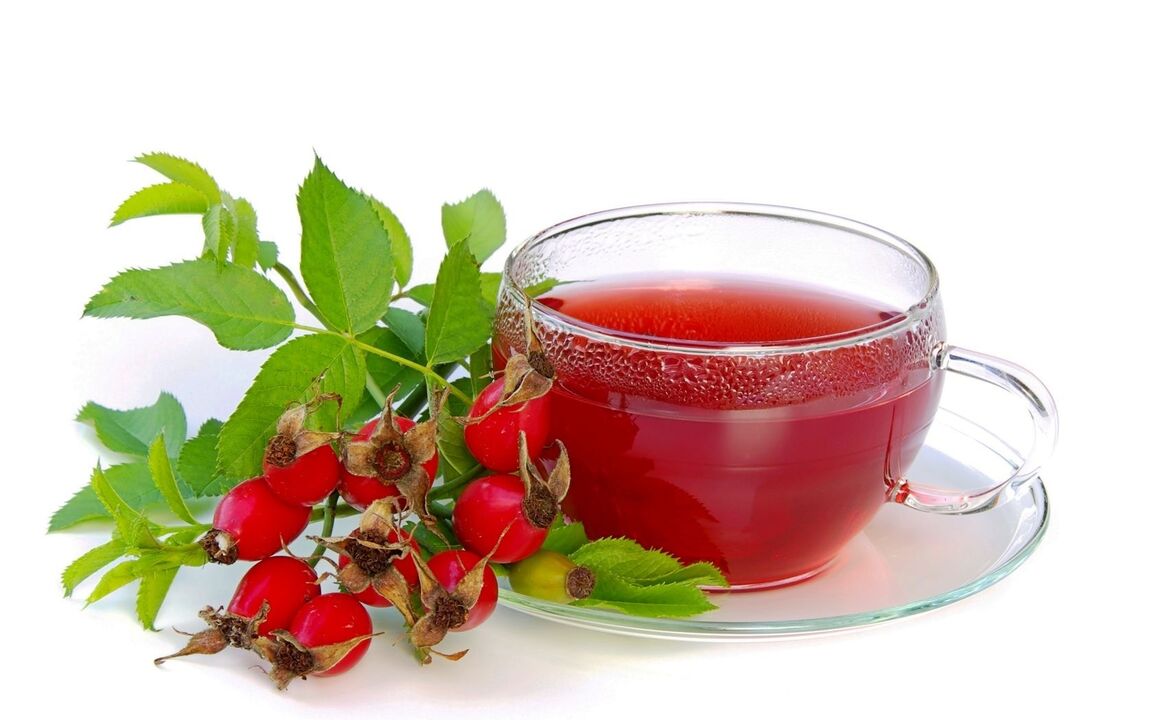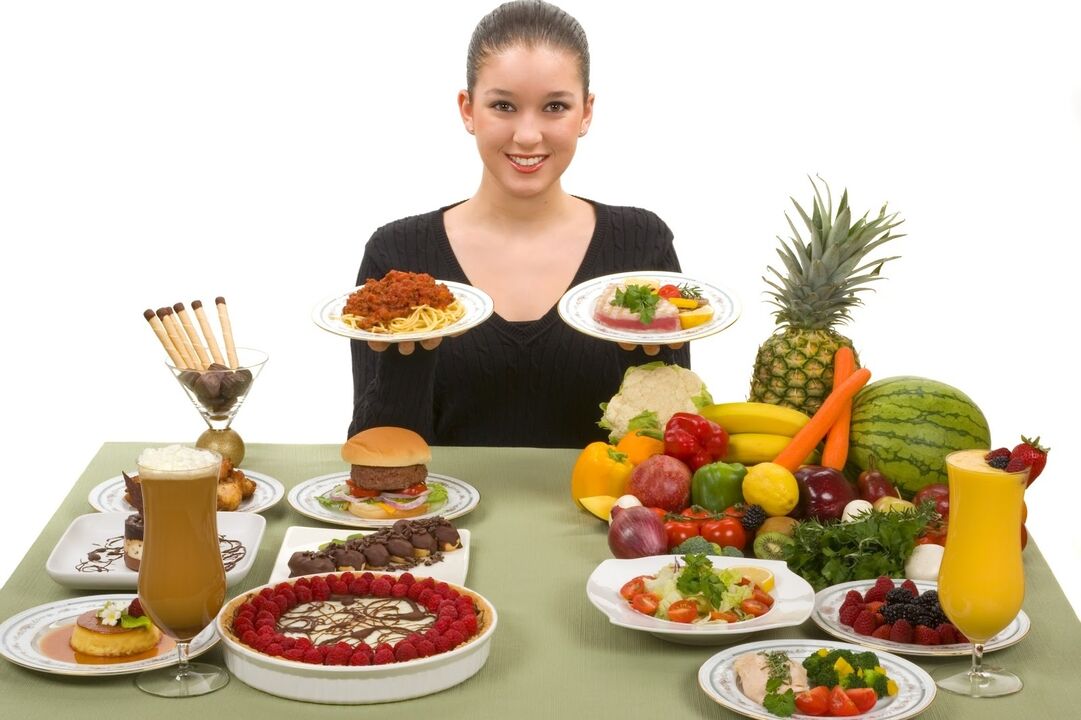Gout is impossible to cure, but it can really relieve the patient's condition and prevent the development of the disease. Not only drugs can help with this, but moderate exercise and diet can do the same.
gout diet
The highest concentrations of purines are found in alcohol and red meat. Gout causes metabolic disturbances that lead to the accumulation of uric acid in the body and the deposition of urate in the joints. Therefore, the gout diet aims to reduce the concentration of the substance in the blood and normalize the metabolism. This effect is achieved by eliminating purine-rich foods from the diet. When these compounds are broken down, uric acid is formed.
Gout diet features
To normalize metabolism, gout nutrition should be fractional. It is recommended to eat at least 4 times a day, in small amounts at the same time. However, fasting and single large meals are contraindicated for gout, as this can lead to worsening of the disease.
People with this condition should pay attention to fluid use, as drinking more water helps to better flush out purines from the body. It is recommended to drink about 1. 5 liters of beverages per day. Pure and alkaline mineral water, fruit juice or juice drinks, milk and weak tea are suitable. A decoction or infusion of wild rose is useful to deal with purine withdrawal and improve kidney function. But it's best to avoid strong tea, coffee, and alcohol because they can increase pain.

Menus for gout should contain minimal salt. This is because salt causes the precipitation of urate and its accumulation in the body. To avoid this, its daily intake must be reduced to 6 grams.
It pays to limit the use of animal protein and fats, digestible carbohydrates, and foods that contain oxalic acid. It is recommended to eat fish and meat no more than 2-3 times a week. They should be eaten cooked and rarely baked. Fish, mushrooms, and broth should be discarded as most of the purines are removed during cooking.
Foods not needed for gout are any beans and spices. Purine-rich grapes, figs, cranberries, raspberries, mushrooms, cauliflower, offal, canned fish and meat, herring, bacon, sausage, spinach, sorrel, chocolate, pastries, brioche and peanuts should be excludedoff the menu.
The nutritional basis for gout should be plant foods. All kinds of vegetables work - zucchini, cucumbers, eggplants, potatoes, carrots and cabbage. Quantities are limited, and it's worth eating just radishes, peppers, celery, rhubarb, and asparagus. All of these products can be eaten raw or cooked into soups, stews, mashed potatoes and decoctions.
Also useful for gout are kefir products. Special attention should be paid to low-fat cheeses and cottage cheese, and their dishes. Cereals and pasta are recommended to be added to the menu.

Bread-baking is allowed in limited quantities in moderation. Among meat products, priority should be given to rabbit, turkey or chicken. You can safely eat fruits, berries and honey. A gout menu should include shrimp, squid, nuts and eggs. Sometimes you can have sweets. Allowed include non-chocolate candies, meringues, milk kisses and cream, marshmallows, marshmallows, dried fruit, jams and jams. Useful for gout olive oil and flaxseed oil, but also butter and vegetable oils can be added to food.
If you don't follow the nutritional rules for gout, as well as drinking alcohol, you can make the disease worse. The body needs to provide maximum unloading. Fasting days are recommended. During this period, it is necessary to drink only a lot of fruit juice or mineral water. You can stick to the diet for no more than a day, and then you should switch to a regular diet for gout. Useful to spend fast days and prevent exacerbations. They may be less firm and the menu includes fermented dairy products, fruits, berries, vegetables and juices.

















































































